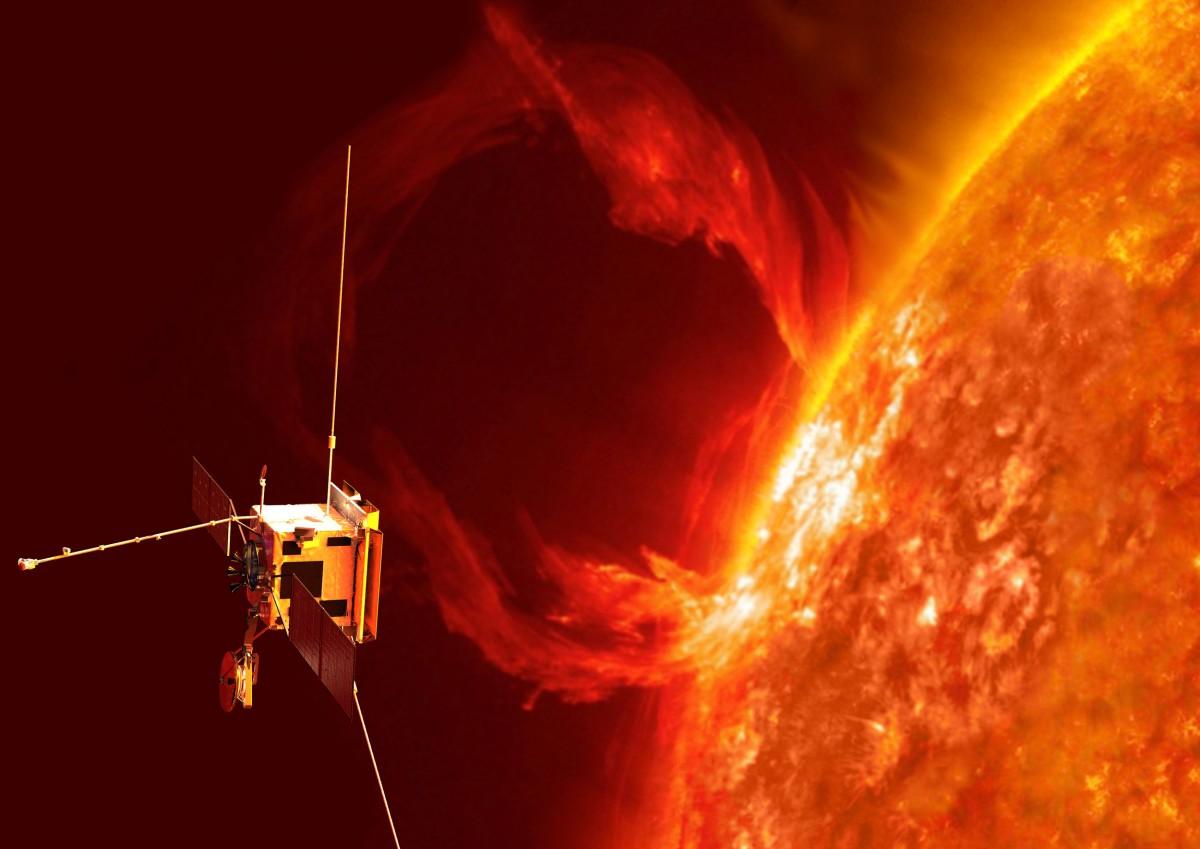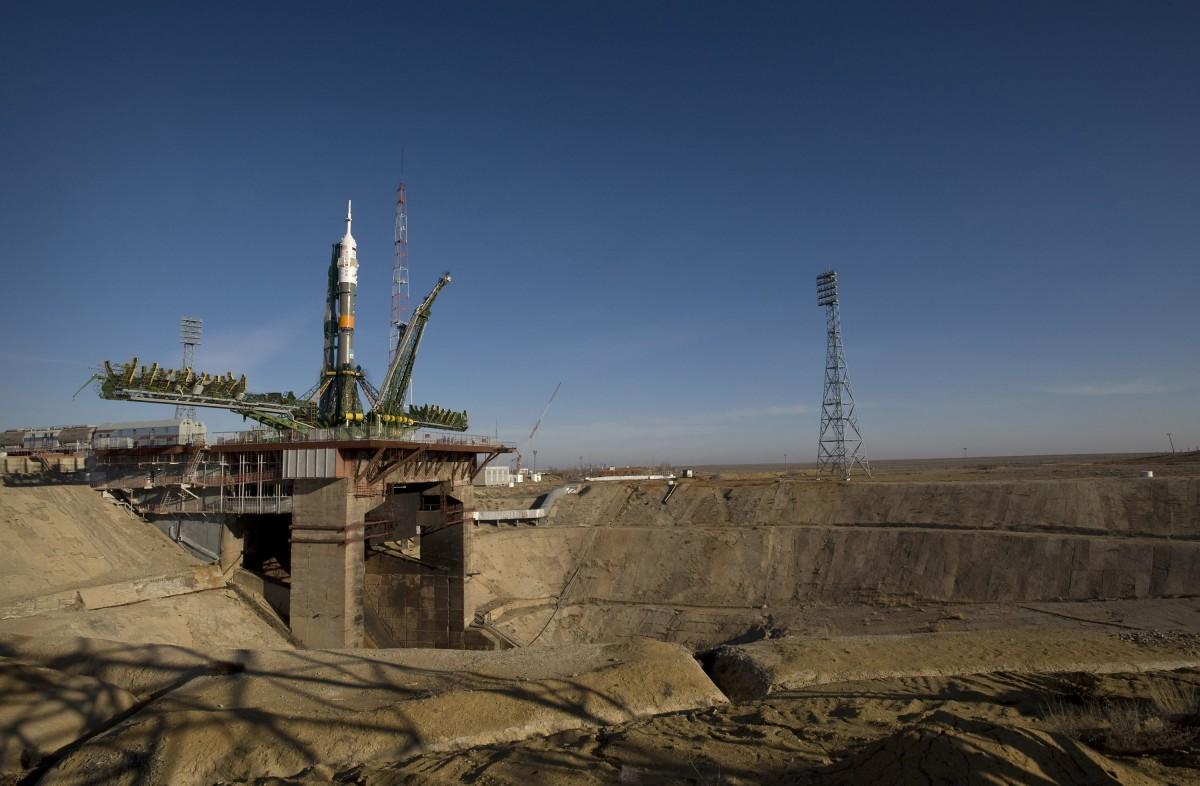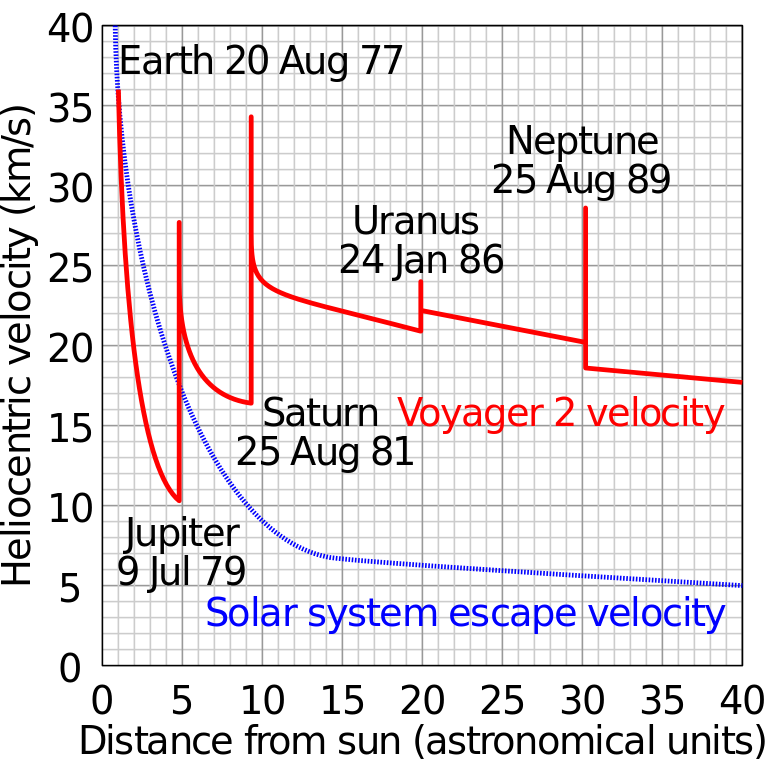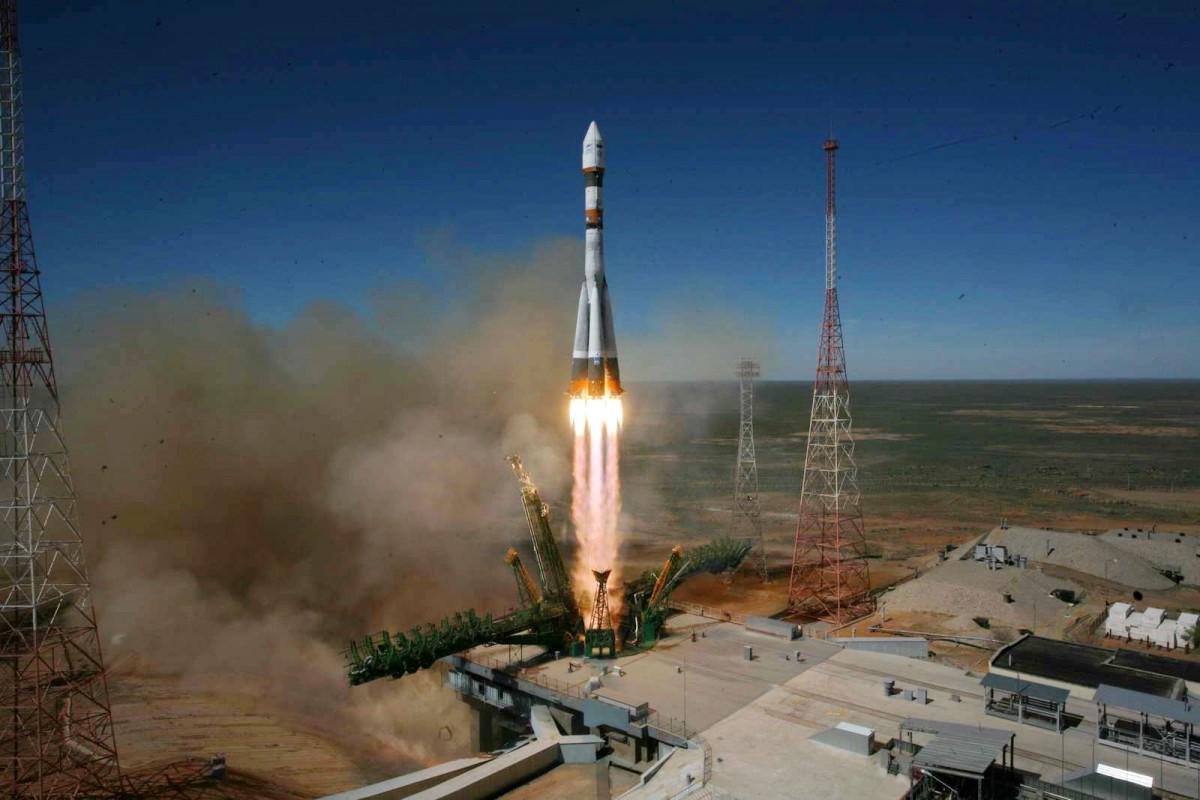 The Solar Orbiter Satellite is an excellent method for studying the Sun, but with the launch of hazardous waste in the Sun there are many risks and costs.
The Solar Orbiter Satellite is an excellent method for studying the Sun, but with the launch of hazardous waste in the Sun there are many risks and costs.Tens of thousands of years, people practically did not affect our planet and the environment. Only a few million people distributed across the globe, even with fires, wars and debris, can poison only a small part of the world for a short period of time. But with the growing number of people and our technical capabilities, our ability to damage and destroy the biosphere grew. Now we have more than 7 billion, and managing the environment today is more difficult than ever - and just as important. And since we are in space, should we not send the most dangerous and long-term pollutants - waste from the nuclear industry, hazardous waste, non-degradable plastic, etc.? - on the sun? This is what our reader is asking:
I argued with people for years, arguing that sending radioactive waste or space debris to the sun would be too expensive and impractical. According to my unprofessional understanding of orbital mechanics, it seems to me that we must first accelerate the waste so that it descends from the orbit of the Earth, and then slow it down so that they “fall to the Sun”. I know that this is possible because we sent probes to Venus, but I cannot visualize it. Could you help me?
First, it is, of course, physically possible. But whether we can do it and whether we should do it are two different questions. To begin with, it is necessary for the implementation of such an enterprise.
 The Soyuz rocket exposed to the position of March 24, 2009 at the Baikonur cosmodrome
The Soyuz rocket exposed to the position of March 24, 2009 at the Baikonur cosmodromeWe do not fall from the Earth and do not fly away into space because the gravitational pull of the Earth attracts us to the center of the earth at such a distance from the center as we are at, being on the surface. There is a certain amount of energy that keeps us on the tether of our world (gravitational potential energy), and for our position we can calculate two important, key speeds. The speed of a stable circular orbit for our distance from the center of the Earth, on which we can move around the planet without touching the surface, and the speed of escape, which will allow us to escape from the gravitational attraction of the Earth and go into interplanetary space. In the case of the Earth, we will need to move at a speed of 7.9 km / s to enter orbit, and at a speed of 11.2 km / s in order to escape from the gravitational pull. So that you have something to compare with, the speed of rotation of our planet at the equator is only 0.47 km / s, so that going into orbit does not threaten us.

Therefore, in order to bring a rocket into Earth orbit, we need to invest in it as much energy as is required to accelerate to this speed, and this is extremely much. But still, humankind has been doing this since the 1950s, and when you go into orbit, you will find something surprising that, in general, it was known beforehand: you are part of a system orbiting the Sun at an enormous speed. . The Earth moves around the sun at a speed of about 30 km / s, so everything that you put into orbit will also move around the Sun at about the same speed. If you need to run something in the Sun, you must somehow lose 30 km / s of speed. On the other hand, we are already 150 million km from the Sun. If we wanted to completely get out of the solar system, we would need to gain only 12 km / s of additional speed (and eventually reach a speed of 42 km / s)!

Since the release into space initially requires so much energy and lift, we are trying to enable the Universe to do as much work as possible for us. This means that it is necessary to use
gravitational maneuvers - to use the gravitational properties of the planet - in order to get to the planets of the Solar System, both inside and outside the Earth's orbit. As each planet moves around the Sun, two important bodies participate in our experiment, and the spacecraft will be the third. A spacecraft can perform a gravity maneuver in two ways:
1. You can send the ship so that he passed behind the planet, then flew in front of her and, thanks to the sling effect, was again behind her.
2. You can send the ship so that it passes in front of the planet in its orbit, then flew behind it and due to the sling effect, again appeared before it.

In the first case, the planet pulls the ship, and the ship - the planet so that the planet is slightly accelerated in relation to the Sun, its gravitational connection with it weakens, and the ship loses much speed (because its mass is much less) , and enhances the gravitational connection with the Sun, moving to a low-energy orbit. In the second case, everything works in the opposite way: the planet loses its speed, is more strongly associated with the Sun, the ship significantly increases its speed and goes into a high-energy orbit.

In the first scenario, we visit the inner part of the solar system: Venus, Mercury and even the Sun itself, and in the second we reach the outer planets. That's how New Horizons got to Pluto, and the Voyager probes left the solar system at all!
So it is technically possible to send trash to the sun. But this idea has many flaws:
• The likelihood of a failed launch.
• Extremely high cost.
• It will be easier to withdraw it from the Solar System than to direct it to the Sun.
The Soyuz launch vehicle has the most successful launch history in the world, out of 1000 launches, 97% was successful. But even a figure of 2-3% could be disastrous if we are talking about loading a rocket with hazardous waste that you want to remove from the planet. Imagine that they are distributed in the ocean, in the atmosphere, on inhabited land, in commercial, industrial or residential quarters. This will not end well for humanity.
 Separation of the Soyuz-2.1a rocket on April 19, 2013 with the spacecraft Bion-M No. 1
Separation of the Soyuz-2.1a rocket on April 19, 2013 with the spacecraft Bion-M No. 1The maximum load "Union" - 7 tons. Suppose we want to get rid of all nuclear waste. About 60,000 tons of hazardous waste are currently stored in the United States, and a quarter of all the world's nuclear stations are operating in the country. This is about 34,000 missiles filled with waste, despite the fact that even an inexpensive missile launch costs $ 100 million. Even if we reduce the failure rate to an unrealistic value of 0.1%, this would mean that about 34 missiles, or a quarter million kilograms waste is randomly distributed over the Earth and into the environment.
 The explosion of an unmanned rocket Antares from 2014
The explosion of an unmanned rocket Antares from 2014Perhaps when we have a reliable and working space elevator, this option will be worth considering. But until then, the cost and the certainty that someday a catastrophe will happen, means that the launch of waste on the Sun is best left to the care of science fiction. And we need to come up with our own way to deal with our waste.